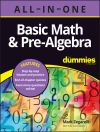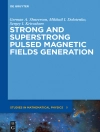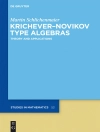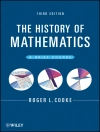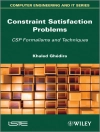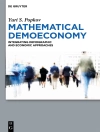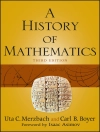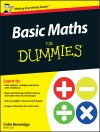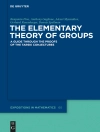This volume is, as may be readily apparent, the fruit of many years’ labor in archives and libraries, unearthing rare books, researching Nachlässe, and above all, systematic comparative analysis of fecund sources. The work not only demanded much time in preparation, but was also interrupted by other duties, such as time spent as a guest professor at universities abroad, which of course provided welcome opportunities to present and discuss the work, and in particular, the organizing of the 1994 International Graßmann Conference and the subsequent editing of its proceedings. If it is not possible to be precise about the amount of time spent on this work, it is possible to be precise about the date of its inception. In 1984, during research in the archive of the École polytechnique, my attention was drawn to the way in which the massive rupture that took place in 1811—precipitating the change back to the synthetic method and replacing the limit method by the method of the quantités infiniment petites—significantly altered the teaching of analysis at this first modern institution of higher education, an institution originally founded as a citadel of the analytic method.
Jadual kandungan
Question and Method.- Paths Toward Algebraization — Development to the Eighteenth Century. The Number Field.- Paths toward Algebraization — The Field of Limits: The Development of Infinitely Small Quantities.- Culmination of Algebraization and Retour du Refoulé.- Le Retour du Refoulé: From the Perspective of Mathematical Concepts.- Cauchy’s Compromise Concept.- Development of Pure Mathematics in Prussia/Germany.- Conflicts Between Confinement to Geometry and Algebraization in France.- Summary and Outlook.


